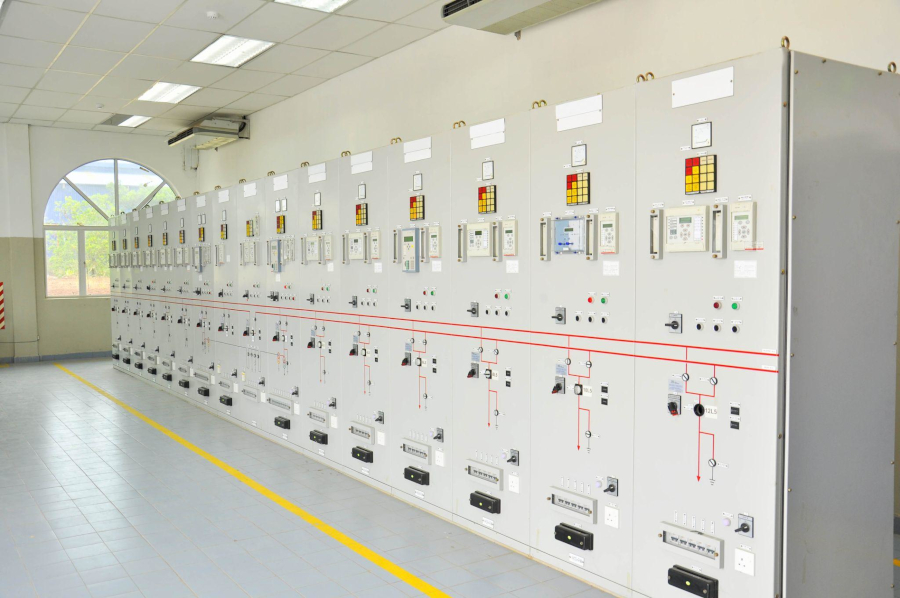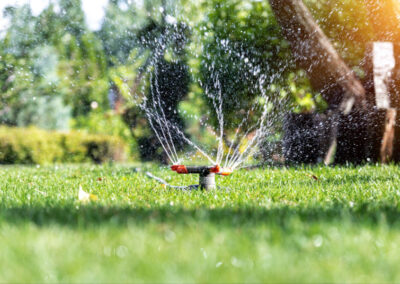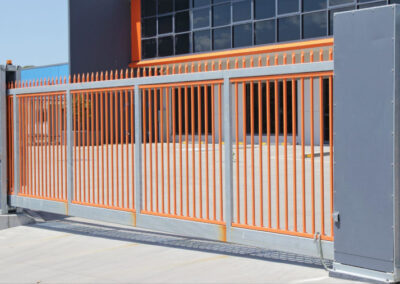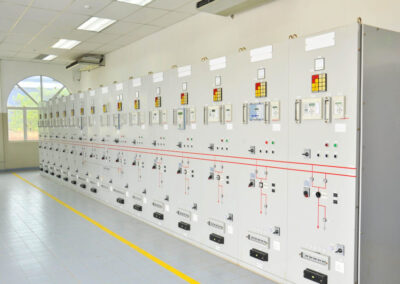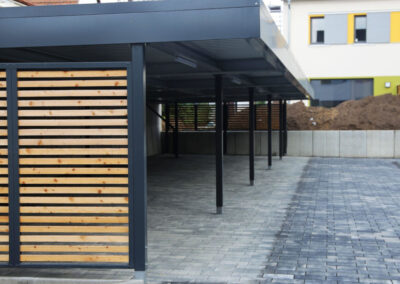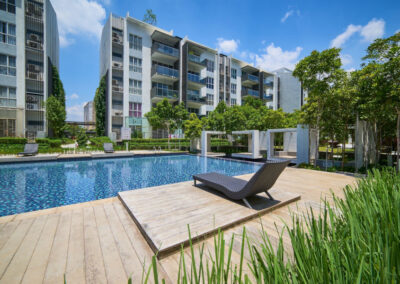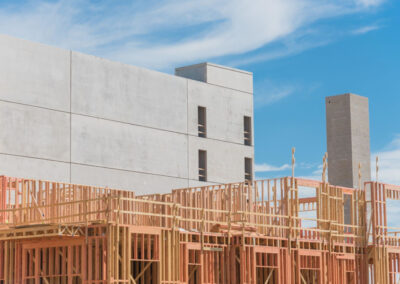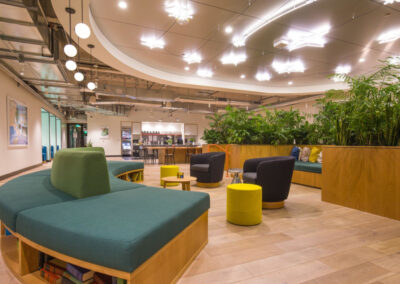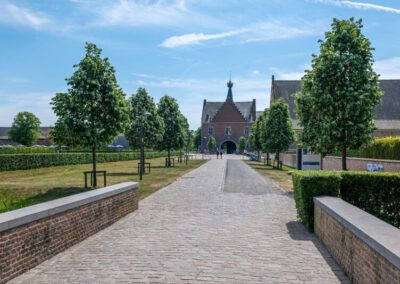Summary
Power rooms are typically used as a place to store and distribute power from the grid or from generators. They are often located near the building they supply power to, but they can also be located in close proximity to utility substations.
Power meters measure the amount of electrical power that is consumed by buildings, appliances and other devices. They are essential for billing purposes because they allow electric companies to charge customers based on their energy usage.
The use of power meters has increased significantly in recent years due to more stringent regulations and increased awareness about energy conservation.
Types
- The main power room is the heart of a building or space. It is where the main electric supply enters the building, and it distributes electricity to all other rooms.
- A sub-main power room is a small power room that has its own electric supply, but it can also be connected to the main power room as well. It can be used as a backup when there is an outage in the building or when there is an emergency situation such as a fire.
- The third type of power room is called service power rooms and they are used for things like elevators, escalators, fire protection systems, air conditioning units, security systems etcetera.
The most common types of power rooms include:
- Service Entrance Power Room (SEPR)
- Central Power Room (CPR)
- Auxiliary Power Room (APR)
- Electrical/Electronic Equipment Room (EER)
- Main Switching Room (MSR)
- Data Networking Operating Room (DNOR).
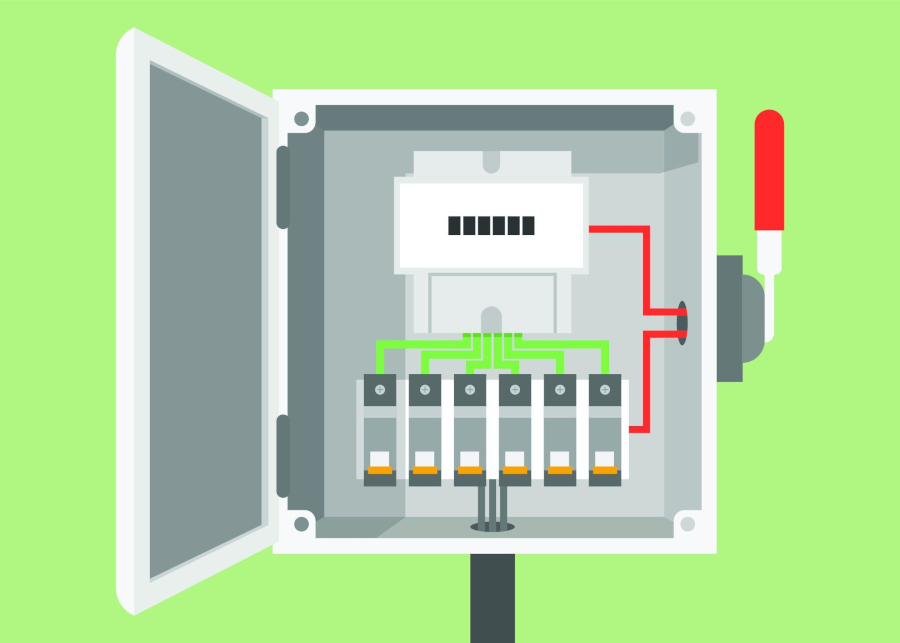
Materials Used:
The materials used in the construction of power meters are:
Wood: Timber is used to construct the walls and roof. The wood is usually treated with preservatives to protect it from decay. The timber can be made of different types of wood such as pine, cedar, or oak.
Steel: Steel is used to construct the framework that supports the roof and walls. It is also used for the door and window frames.
Insulation: Insulation is a material that prevents heat transfer between two objects that are in contact with each other. It provides protection against outside elements by preventing moisture from getting into the building, which can cause damage to both insulation and wall surfaces. .-
Specifications: The engineering drawings are used to design the structure and finish out the details of the construction. They also specify other materials such as glass, wood, and steel.
Finishes: Finishes refer to paint or coverings that are put on the surface of a wall or object. The finishes can be smooth or rough and can be textured
Costs
Power meters:
The cost of a power meter can vary depending on the type and size of the building. For a small-sized building, it costs about $5,000 to install a main power meter. This price can go up to $25,000 for larger buildings.
The cost also depends on the type of power meter that is being installed. A standard power meter costs about $2,000 to install while an advanced one goes for about $5,000.
Power rooms:
For a small power room, it would cost around $100 per square foot. For an average sized power room, it would cost around $150 per square foot. And for a large sized power room, it would cost around $200 per square foot.
It is important to know that the cost of power room construction depends on the type of building and the location. The cost of main power rooms in buildings and outdoor spaces can range from $100,000 to $500,000.

